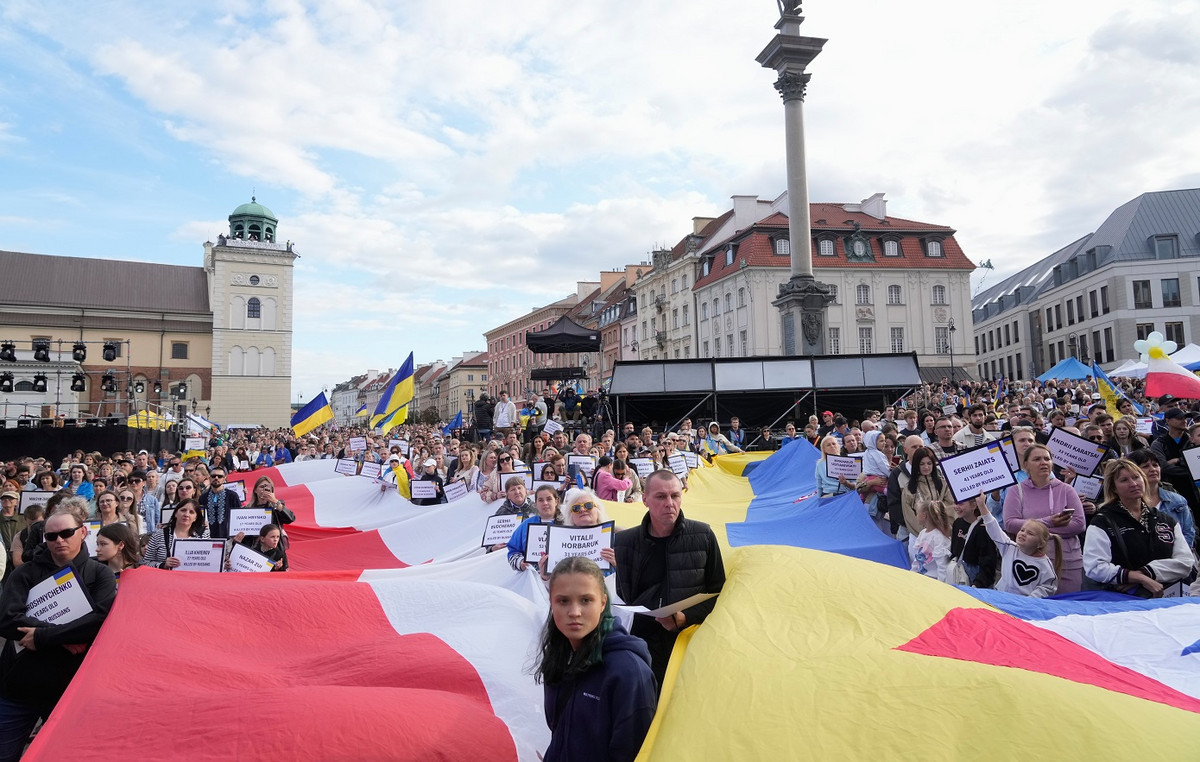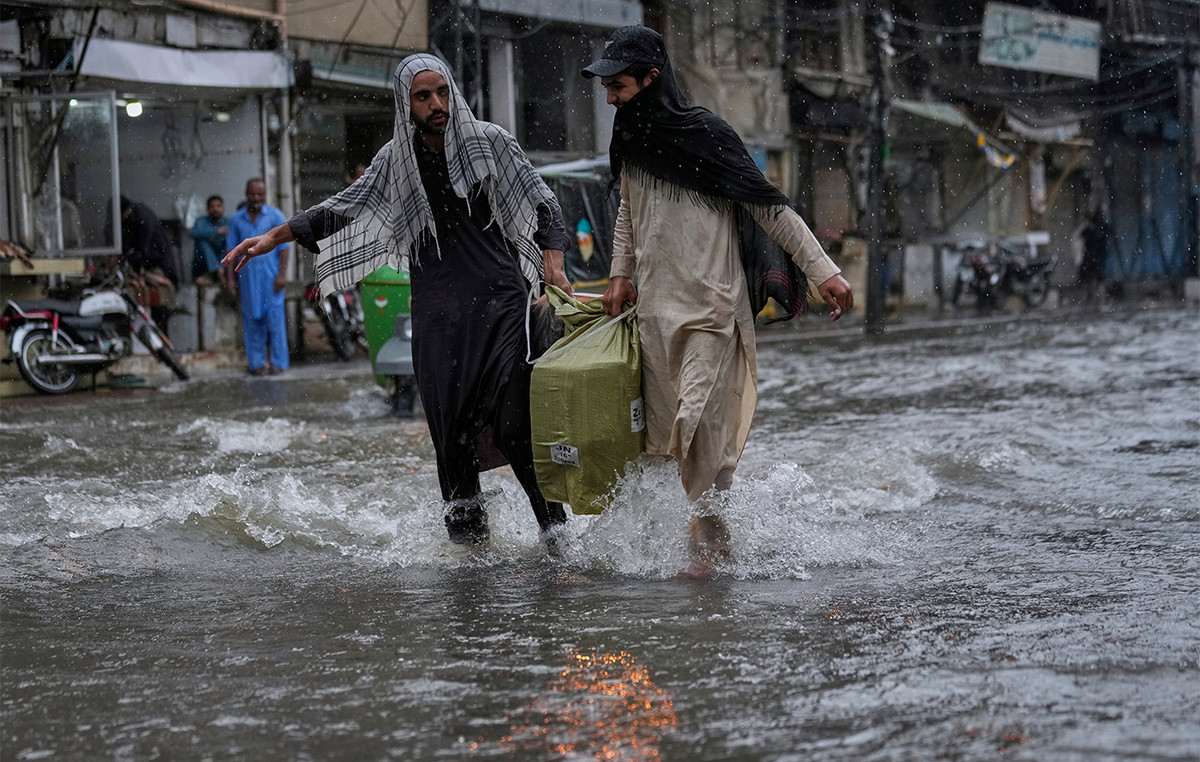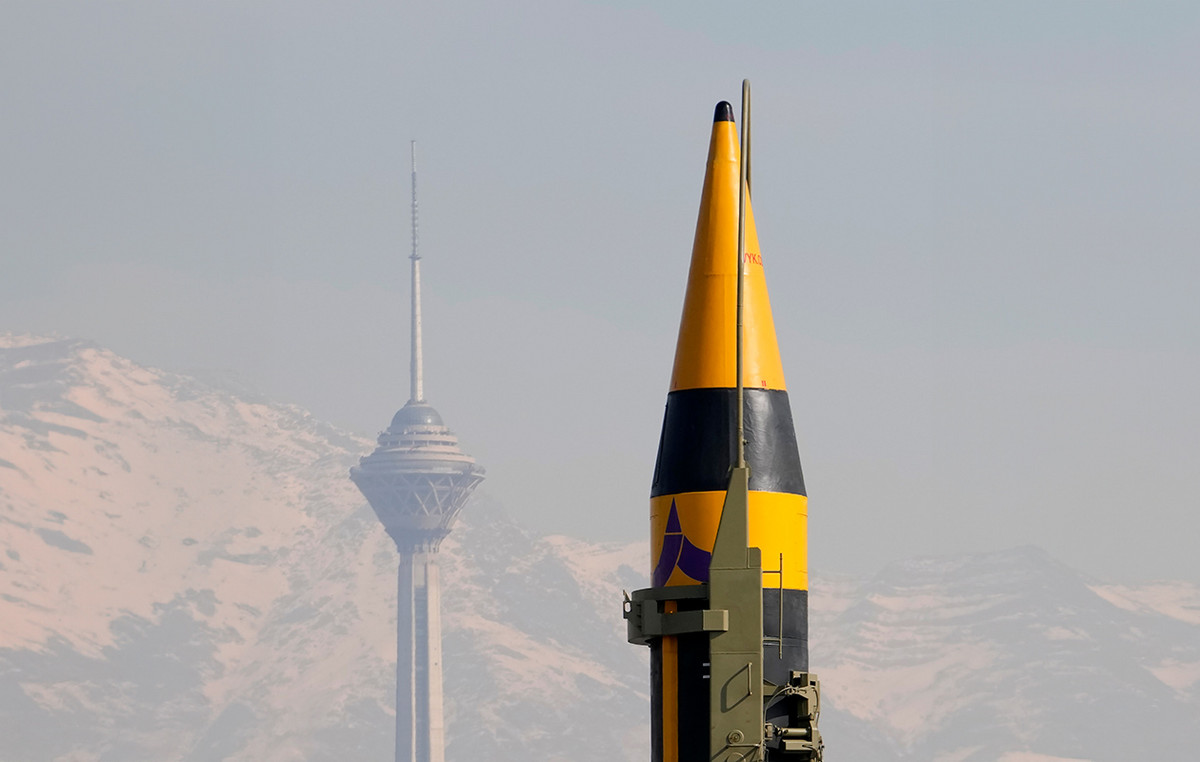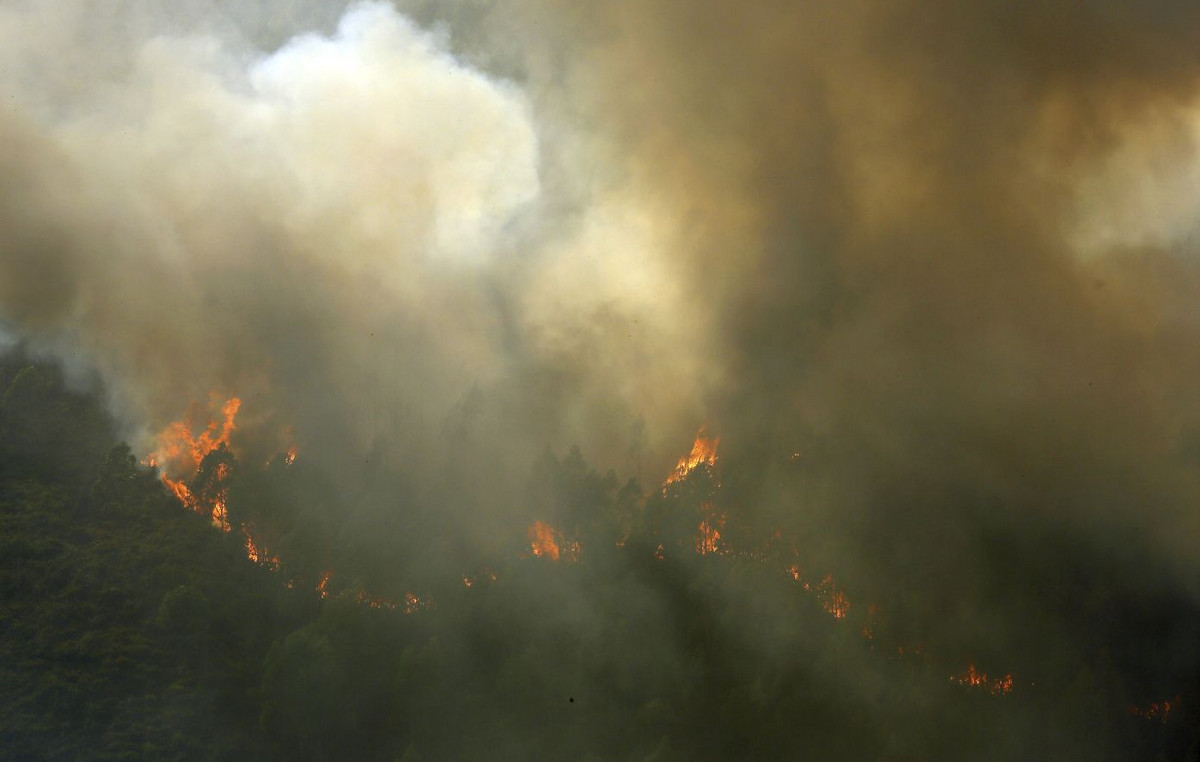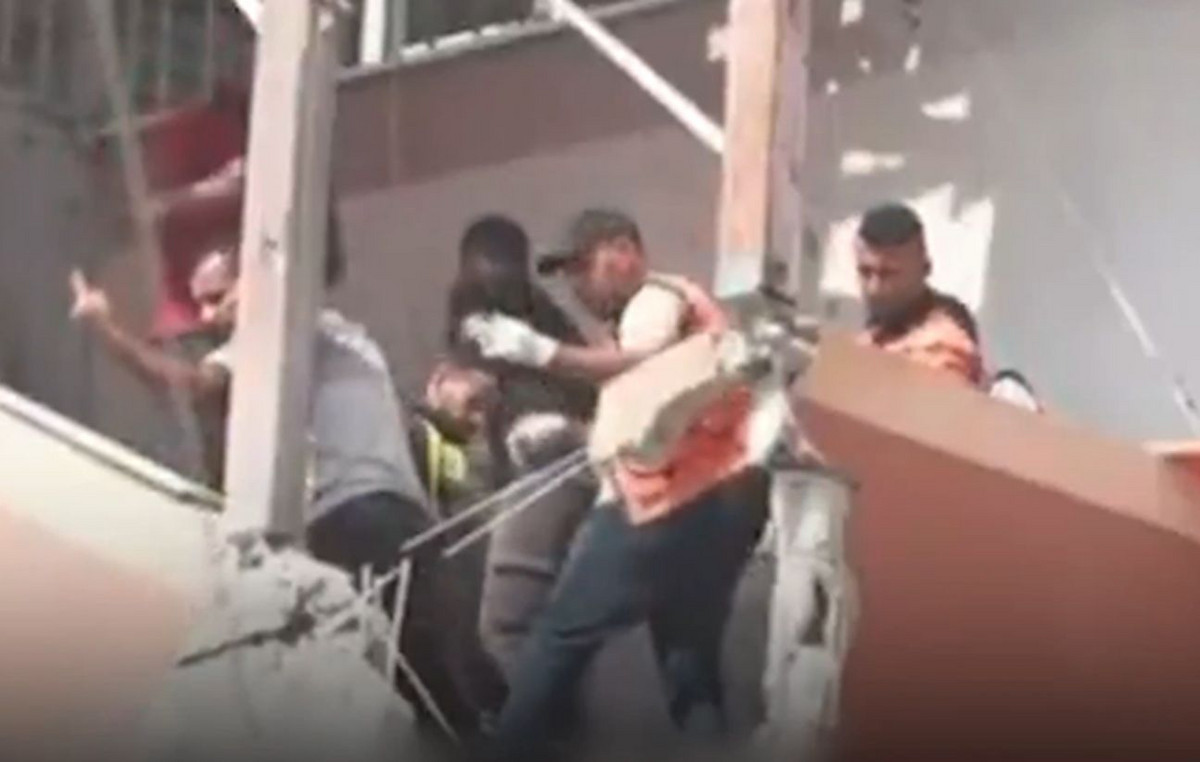It’s a cold Friday in Ukraine’s Chernobyl Exclusion Zone, and dozens of journalists in fluorescent yellow vests are frantically jostling each other as they vie for camera position in a town where no one has lived since 1986.
Chernobyl has been abandoned since the world’s worst nuclear disaster three decades ago. But with tens of thousands of Russian troops massing on Ukraine’s border with Belarus, just a few kilometers away, the ghost town is now the scene of security forces training for war.
Ukraine is using Chernobyl to prepare for another potential cataclysm.
Russian President Vladimir Putin has consistently denied that the Kremlin is planning an incursion into Ukraine. Russia’s troop deployment to Belarus is ostensibly linked to joint exercises due to begin on Thursday.
However, satellite images show Russian camps being established near the Ukrainian border, hundreds of kilometers from where the exercises are taking place.
If Russia invades Ukraine, the Chernobyl Exclusion Zone is a possible conduit for Kiev. US and NATO officials say President Putin is steadily increasing his military presence in Belarus from 5,000 troops in January to about 30,000 this month.
NATO Secretary General Jens Stoltenberg said on Thursday that the troop deployment to Belarus is Russia’s biggest since the Cold War, and many of those forces are just a two-hour drive from Kiev.
Political propaganda battle
The air is thick with sulfur as National Guard troops clear the city of imaginary enemy soldiers, firing hundreds of live ammunition rounds into plywood cutouts in the windows of surrounding buildings.
A sniper hits an orange target high up in an apartment block. A mortar is launched into a snowy clearing. An armored vehicle breaks through roadblocks to engage attack soldiers trapped on the second floor of a building.
More than 35 years ago, an explosion at the Vladimir Lenin Nuclear Power Plant forced a region-wide evacuation, sending radioactive fallout across Europe. Thirty-one people died in the blast, while millions were exposed to dangerous levels of radiation. Estimates of the final death toll from long-term health problems reach 200,000.
Now, in training for war, Ukraine has brought the world’s media along to see it.
Denys Monastyrsky, Ukraine’s home affairs minister, told reporters that security forces were using the Chernobyl exercises to demonstrate how far they’ve come in urban combat tactics since Russia annexed Crimea and pro-Russian separatists seized a swath of the eastern Ukraine for almost eight years.
“All these scenarios are taken and summarized from cases that have occurred since 2014,” Monastyrsky said.
The spectacle, however, is also an attempt by Kiev to match Moscow’s flashy political propaganda effort.
On the diplomatic front, Russia has repeatedly accused NATO of being the party responsible for the crisis, arguing that the alliance’s eastward expansion poses an existential threat.
Meanwhile, Russia’s Defense Ministry is releasing political propaganda videos worthy of a Hollywood production, with columns of tanks driving at full speed across the frozen fields and ground fighters attacking bases in southern Belarus.
The exact nature of Russia’s threat to Ukraine remains unclear and also a point of contention.
Ukrainian officials have spent much of the past few weeks playing down the US estimate that a Russian invasion could be “imminent”, worried that the terrible language is causing panic and destabilizing the economy.
“We have the same facts, but different perceptions, or a different estimate,” he told the CNN Defense Minister Oleksiy Reznikov after watching the exercises in Chernobyl.
The White House is no longer calling a possible invasion “imminent” due to concerns, they say, that the term suggests Putin has already made the decision to invade Ukraine.
However, Ukraine admits that Russia’s military build-up in Belarus is worrying.
‘Only a fool would start a war’
War is far from the minds of many Ukrainians who live near the border where Ukraine, Belarus and Russia meet.
“They’ve been saying ‘a war is coming’ for five years,” said one man who asked not to be named.
“Only a fool would start a war,” he said. “There will be no winners.”
At Three Sisters Cafe, named after the three former Soviet republics, Masha, 64, serves espresso coffee in paper cups to tired motorists passing by.
Truck after truck, all waiting to cross the border into Russia. Some are stopped for days, delayed due to Covid restrictions. They have few options but to wait and enjoy a hot drink like coffee.
Masha is convinced: no war will take place here.
“That’s not going to happen,” she yells, waving her hand in the air. “Putin goes to war with civilians? He won’t. Never in your life. It’s all lies, politics. We didn’t even think about it.”
She works at the café, she says, to supplement her pension, which amounts to about $77 a month. She is less concerned with the geopolitical games of world leaders than with the difficulties of everyday life.
“If I could, I would have dissolved Parliament,” she said. “They should have given people adequate pensions. So that people are not beggars, indigents”.
Peter Vujcic, a Serbian truck driver old enough to remember the war in his own country, isn’t worried either.
Vujcic talked to CNN en route to the Serbian capital, Belgrade, shortly after crossing the Belarus-Russian border. He said he’s seen military equipment coming and going in Belarus, but he’s not worried about it.
“Everything will be fine,” he said with a smile, leaning out of the cabin window.
*With input from CNN’s Mark Esplin and journalist Kostan Nechyporenko
Source: CNN Brasil
I’m James Harper, a highly experienced and accomplished news writer for World Stock Market. I have been writing in the Politics section of the website for over five years, providing readers with up-to-date and insightful information about current events in politics. My work is widely read and respected by many industry professionals as well as laymen.

